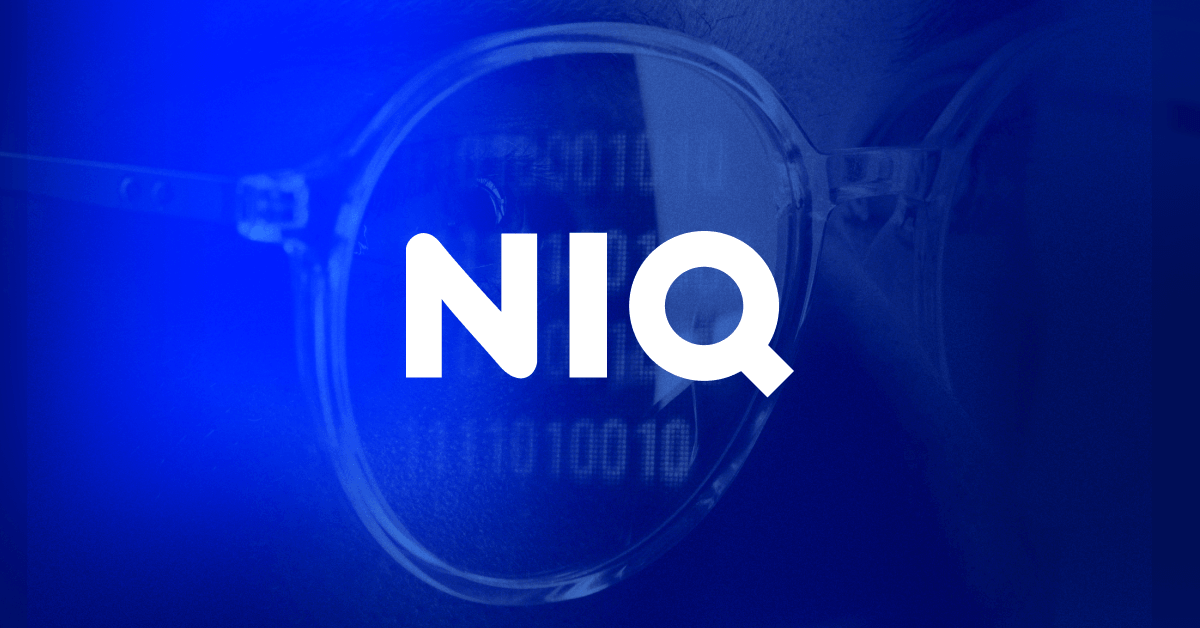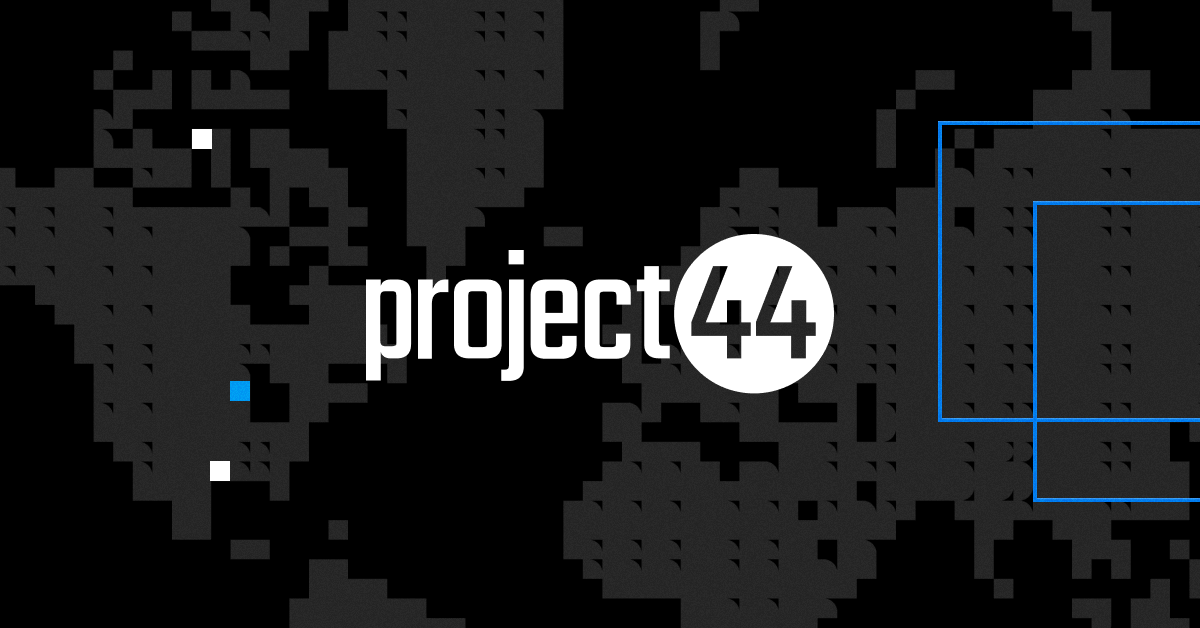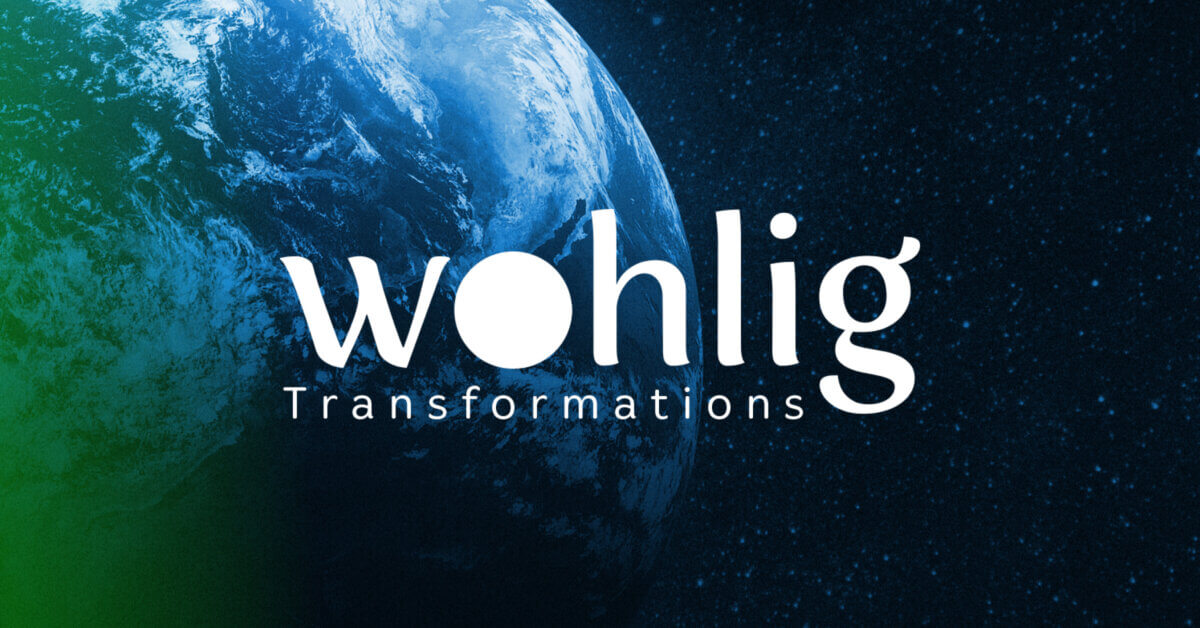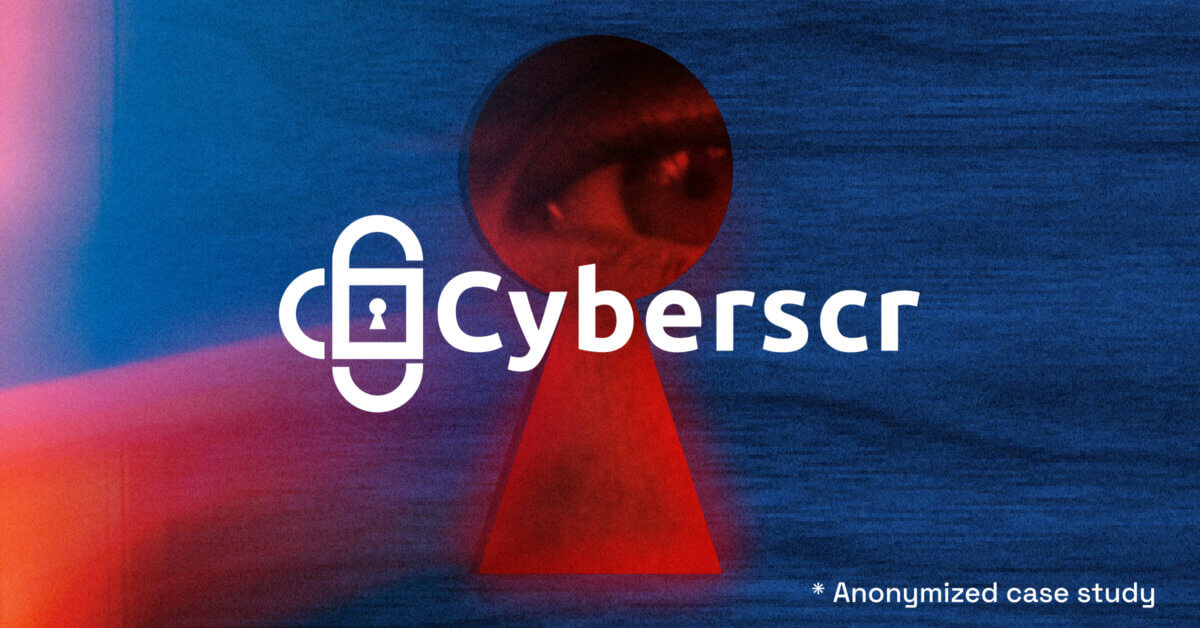
read free online
Innovation Over Layoffs: Long-Term Strategies for Weathering Economic Storms
A brief overview of proven tactics and automation to help you thrive in a downturn
Navigation
Skyrocketing inflation, rising interest rates, the war in Ukraine, and broken supply chains – all sectors are experiencing difficulties. Tech is no different.
Previously growing rampantly, tech companies are now seeing their stock prices plummet dramatically; they also began slashing their valuations. In October 2022, three quarters of large US companies that went public between 2019 and 2021 were trading below their offering price.

No wonder businesses large and small are focusing on cost-cutting like never before. As a result, many froze hires, and others proceeded with layoffs. And while the media decried 30k tech jobs gone in late spring 2022, in hindsight, this seemed like a runway for mass layoffs at the end of 2022. November alone saw over 40k jobs cut.
1. Leaders are now caught between a rock and a hard place.
On the one hand, leaders understand that the uncertainty calls for reducing OPEX ASAP. On the other, they are aware of innovation’s pivotal role in economic turmoil – and that layoffs don’t help here.
By letting smart people go, tech companies are losing the brains that could otherwise focus on pivoting or finding ways to overcome the crisis.
When looking to quickly reduce expenses, organizations somehow overlook cloud costs, which may soon account for over 50% of IT budgets. The cloud bill can make a huge difference to gross margins and help prevent layoffs or reduce their extent.
This playbook discusses how cloud cost optimization – especially when automated – helps you find money and time for innovation while your competitors struggle. The choice to innovate is what will help you emerge from the crisis ahead of everyone else.
2. Why tech needs innovation more than ever
First the pandemic, then the war. The two developments nobody even imagined could be possible, yet they both happened within two years.
Together, they first spiked inflation, then increased the operational costs and added a lot of uncertainty to the markets. Many tech companies now face increased costs and reduced access to funding.
The #1 curse of tech entrepreneurs: commoditization
Tech companies find it increasingly difficult to stay ahead of the competition. In some B2B and B2C verticals, users have access to hundreds of solutions that do pretty much the same thing with little differentiation.
Take food delivery startups as an example. With multiple applications all vying for your attention, it’s challenging to turn customers into regulars. The moment someone new comes along promising delivery that’s 10 minutes faster or a price that’s $10 lower, the users are gone.
Entrants can only compete on price, or race ahead of the others to develop novel functionalities that their rivals will invariably copy. All profitable SaaS segments now have incumbents who had first or early mover advantage, and the rest is trying to catch up.
So how do you differentiate? Innovate and carve a niche for your business!
Customer development is key
You need to move fast, be specific about your positioning, and find a convincing reason why users should choose your product or service.
This requires understanding your audiences and how they view your solution in the wider market context. The plain fact is that you can’t do that without concerted customer development efforts.
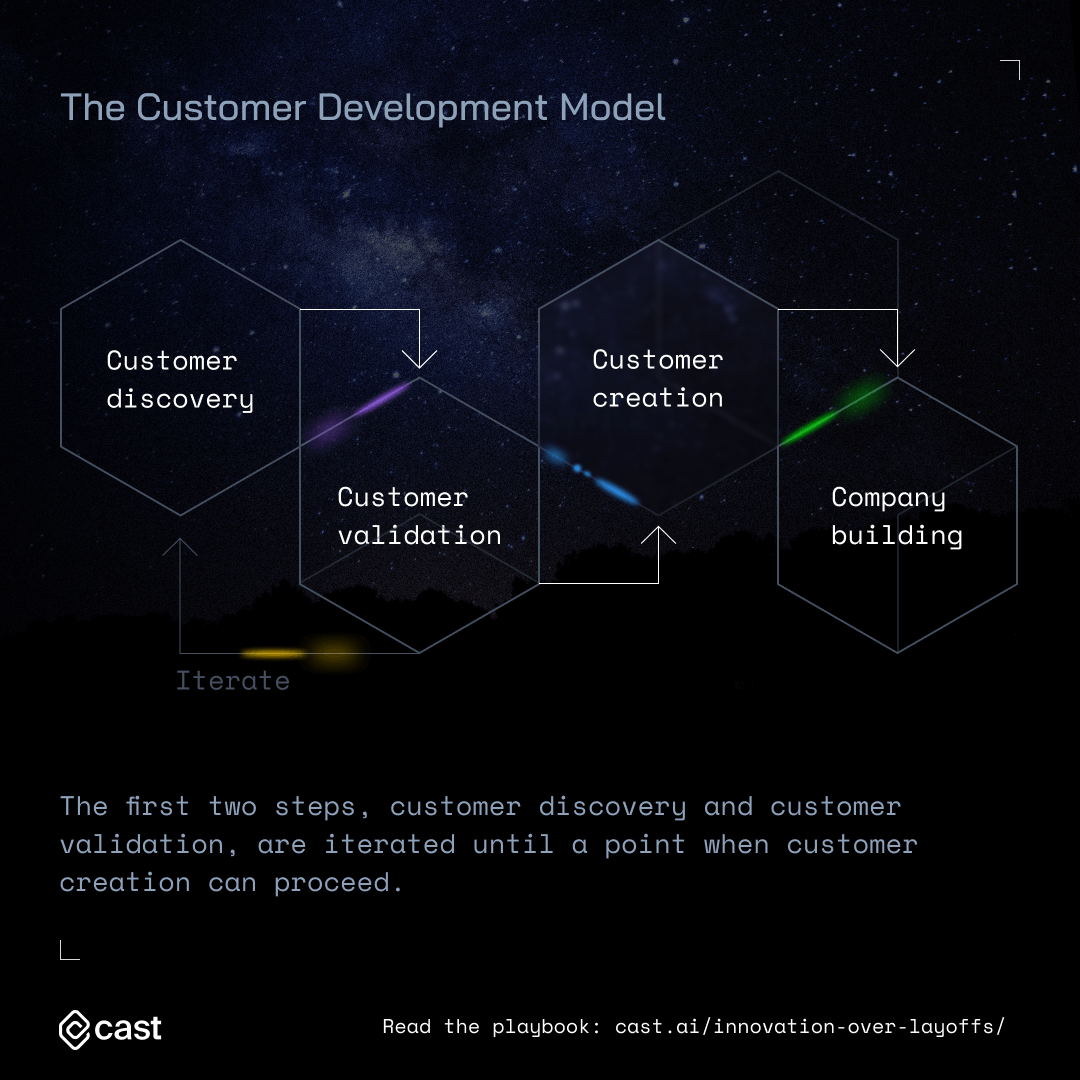
The popular framework by Steve Blank suggests testing the idea to ensure the product achieves the business’ objectives before investing significant resources in its development. By default, customer development should be a relatively cheap exercise that occurs ongoingly.
Yet many companies assume they’re done with it after a successful MVP. They often lack the space or resources for continual validation if they’re on the right track or need to pivot dynamically.
Though understandable, this approach can backfire quickly.
Observe, adapt, and glide past your competitors
While turmoil and economic slowdown don’t encourage innovation, research proves that this is precisely what you should be doing.
According to McKinsey, companies that keep innovating throughout the crisis emerge stronger and outperform their market average by over 30%. Moreover, they continue to grow faster over the next 3 to 5 years.
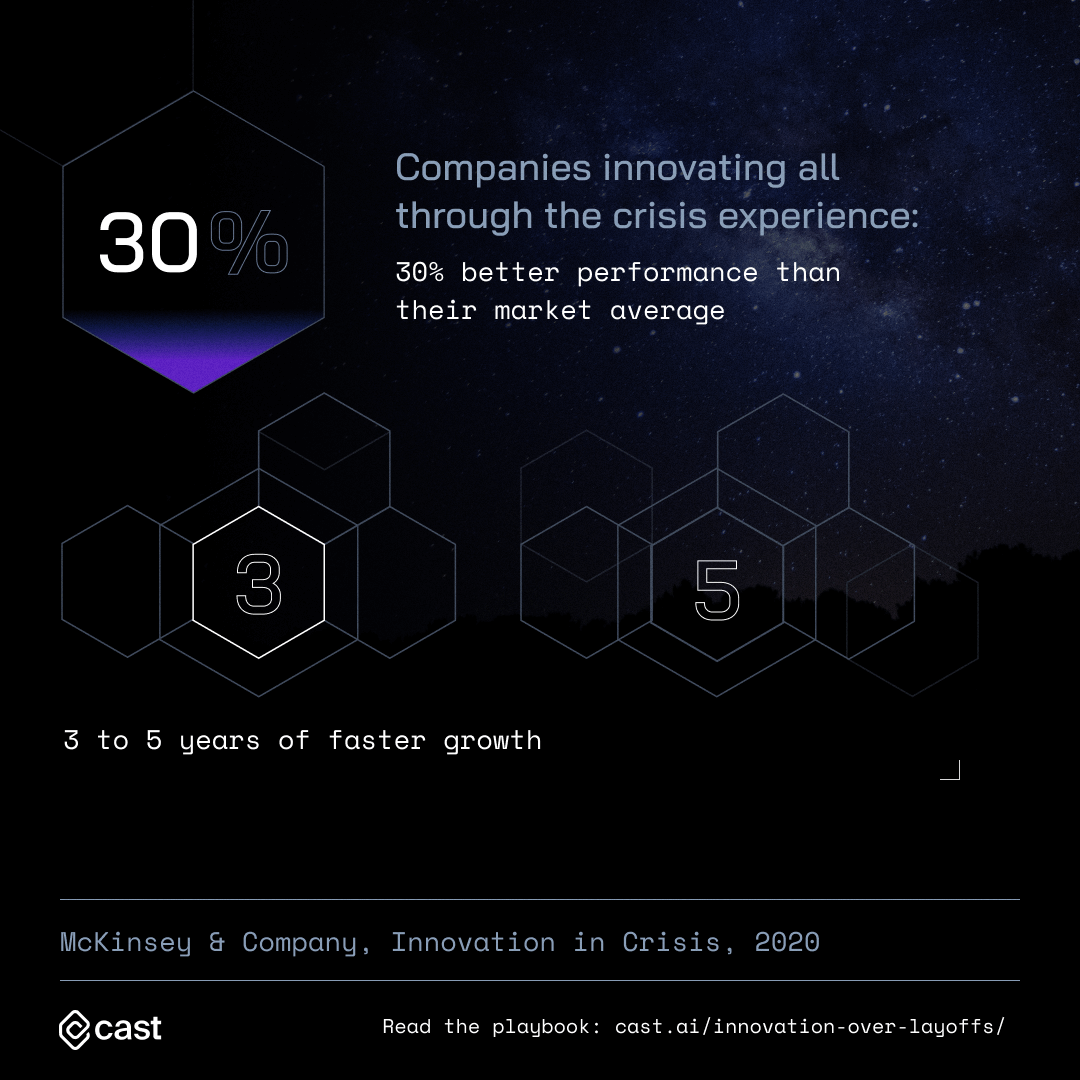
So rather than waiting and minimizing risks, companies should work actively on adapting to a new reality and shifting customer demands and behavior.
And then be ready to take advantage of the situation when your time comes, just as Zoom did during the first lockdown.
For years, the videoconferencing segment was dominated by vendors focused on enterprise customers with complex and expensive deployments. With the pandemic outbreak, Zoom’s simple setup won users by storm. This made it a household name almost overnight and ramped up the company’s value to more than $40 billion.
Zoom’s valuation has fluctuated since then, but it doesn’t change the fact that the ability to spot and address new opportunities is key to laying the groundwork for post-crisis growth. That’s why you need resources, time, and people who can ideate, refine, and test new concepts.
And that can be problematic, especially when your board and stakeholders demand radical savings.
3. Do layoffs really save money?
When a crisis hits, companies start to nervously look for quick wins – with layoffs often topping the list.
Letting people go can save much cash fast, but it is harmful in the long run. When recessions subside, companies bounce back, start getting more requests, and suddenly have no specialists to deliver the job. This was particularly acute for airlines and hospitality businesses trying to staff up after pandemic lockdowns forced them to downsize.
And isn’t it weird to let smart people go – the same brains that your organization was only recently fighting for so fiercely?
Tech staff shortages hinder business growth
Let’s see it in perspective. In the fall of 2019 American companies had almost a million unfulfilled IT jobs. Since then, the job market has also experienced the Great Resignation, with over 4.5 million employees quitting their jobs in November 2021.
The lack of qualified staff today isn’t only about developers: companies struggle to hire workers across the tech sector.
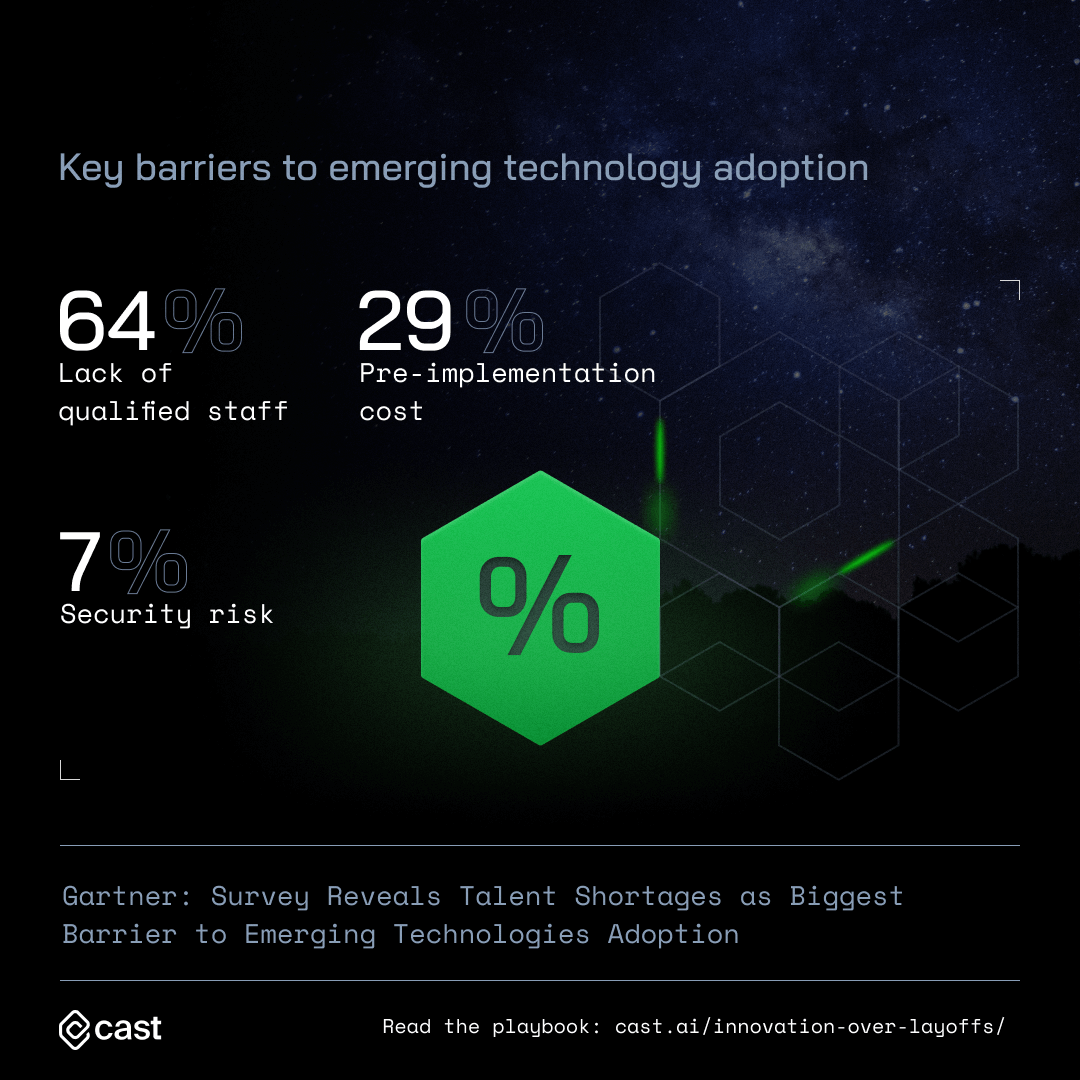
Unsurprisingly, these shortages are detrimental to business growth on many levels. For example, IT executives surveyed by Gartner cited it as the key barrier to the adoption of emerging technologies (64%), long before implementation cost (29%) or security risk (7%).
The real effects of layoffs
The first wave of COVID-19 redundancies proved that laid-off tech specialists rarely wait long to be rehired by a different business. Off the record, some companies even admit to fishing for the talent released by their less fortunate counterparts.
Add to that the previous cost of hiring, onboarding, contractual severance pay, and the savings that looked great in an Excel sheet doesn’t seem that compelling in real life.
Not to mention that layoffs bring many processes to a halt or at least delay them, jeopardizing your business continuity and strategic initiatives. Even the staff that escape redundancies hurt, as they suddenly face handling surplus responsibilities.
Overloading your already reduced teams with excessive work doesn’t bring innovation but frustration and burnout. If people are to ‘think outside the box,’ they need a structure, time, and space to develop and test new ideas.
This is what innovation needs
This realization was at the core of the now-famous approach of Lockheed Martin’s Skunk Works. Working under tight deadlines and multiple constraints, a small engineering team created world-class aircraft 37 days sooner than expected.
Their success wouldn’t have been possible without a high level of autonomy and freedom from other organizational limits and issues.
Since then, many of the most innovative companies have borrowed Lockheed’s innovation framework or adapted it to cultivate a lean mindset of fast and iterative change.
Another successful model comes from Spotify, the world’s largest streaming platform with over 420 mln users. Launched in 2008, the service has since then pivoted its business model multiple times to find new revenue streams when the old ways were starting to wane.
Its success proves that to unleash new creative ideas, companies need a culture of autonomy, accepting mistakes, and learning from them. And while Spotify was among companies affected by the layoffs in November 2022, their staff reductions were limited to the Talent team and were far lower than in other tech giants.
Cut your cloud costs, not your team
So when a crisis strikes and you need to generate savings fast, there are better ways than laying off specialists your business needs badly.
Although cloud computing is an excellent candidate for cost reduction, many companies still struggle to see how.
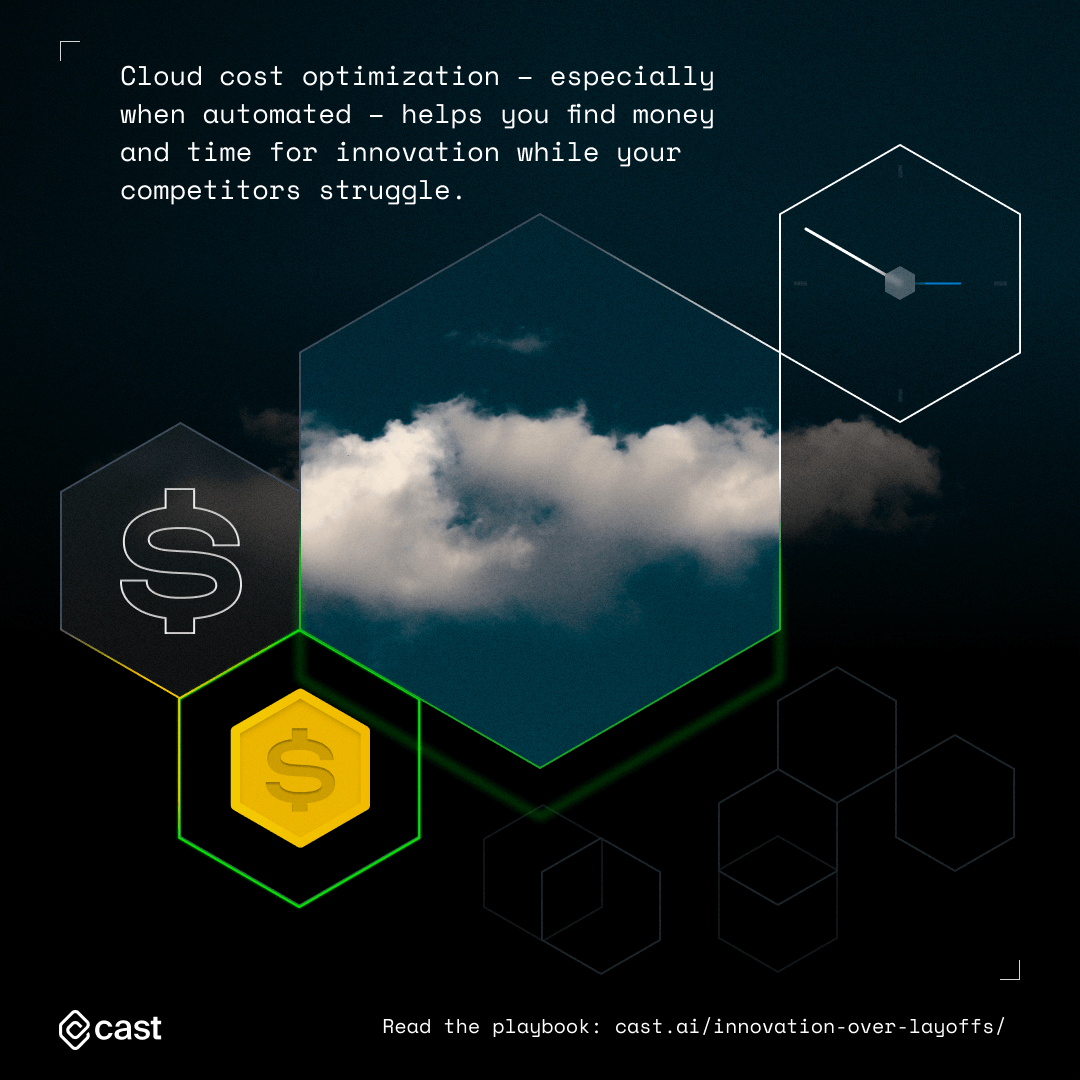
Striking a balance between cost and performance is challenging. As a result, teams keep purchasing too much capacity, paying for unused resources, and failing to benefit from savings enabled by spot and preemptible instances. Sometimes, they also have no incentive to think about costs – they’re just tasked with delivering a performant app.
As a result, exceeding planned cloud expenses becomes commonplace. In the survey cited by EY, 57% of IT leaders said they have overspent their cloud budgets, some by 50% or more.
The reality is, though, that the cloud bill doesn’t have to spiral out of control. Instead, teams can start saving up big immediately, without waiting for committed use discounts to make a difference a year from now.
Reducing cloud costs is far easier and more constructive than laying talented people off, no doubt about it. Especially as you’ll need these specialists to implement the technologies that can take your business to the next level.
4. How to scrape funds for innovation in a crisis
From hardship comes innovation. The pandemic has encouraged and accelerated digital transformation initiatives implemented by companies – nearly 70% of executives polled in 2021 Deloitte’s research agreed with this statement.
Unsurprisingly, information security and cloud computing topped the list of investments planned by their companies in the 12 months following the survey. The needs are evident, and they will surely eat the lion’s share of your IT budget.
So how do you scrape funds for innovation initiatives? One sure answer is to make the right technology choices.
The (broken?) promise of cloud-native
Kubernetes (K8s), and the broader cloud-native approach, promised to deliver the efficiency and performance that modern business needs.
Without bills for hardware and usage based on demand, you can reap its benefits without worrying about the costs. And thanks to its scalability, flexibility, and no restrictions of traditional architectures, Kubernetes allows you to work across public, private, or hybrid cloud environments without making changes
In 2022, 70% of the IT leaders participating in RedHat’s State of Enterprise Open Source 2022 said that their organizations used Kubernetes.
Companies can reap the benefits of containers if they manage them properly. Unfortunately, that part can be tricky and lead to significant waste, as teams often overprovision and never get to fully use cloud compute resources.

CAST AI’s report on Kubernetes waste showed that by optimizing clusters and removing unnecessary resources, the server load can be reduced by 37%.
The impact of rightsizing is almost half of the cloud compute bill: the total impact of cost-effective selection of VMs amounts to 46% of the sum. And by adding spot instances to applicable workloads, teams can get savings reaching a substantial 60% on average.
How much can you gain with cloud cost optimization?
The idea of cloud cost optimization is gaining momentum, and this shouldn’t come as a surprise if you look at the examples of tangible financial gains:
- In Q1 2021, Zoom widened its gross margin to 73.9% from 69.4% in the previous quarter primarily because of the effort invested in optimizing public cloud resources.
- Spotify built a custom tool to track cloud expenses and encourage engineers to take ownership of the cloud spend, reducing its annual cloud spend by millions of dollars.
- By optimizing some infrastructure decisions, Segment increased its gross margin by 20% and reduced its infrastructure costs by 30% despite experiencing a 25% larger traffic volume – all within three months.
- The customer activation platform Iterable used automated Kubernetes cost optimization to save between $3-4 million per year.
In the past, cloud cost optimization would require a substantial upfront investment and time-consuming tasks for your engineers.
With the advances in AI and automation, you can match provisioned and utilized CPUs almost instantly.
How cloud automation can reduce your bill
Cloud automation is an umbrella term for processes and tools for provisioning, scaling, managing, and monitoring workloads.
By eliminating repetitive manual processes, you can improve your application’s overall availability, security, and performance. Automated cloud optimization can instantly react to changes in demand and adjust the resources without overprovisioning.
Powered by artificial intelligence, cloud automation can analyze your current needs, review your provider’s offer, and pick the most cost-efficient resources in a blink of an eye.
Whenever your cluster needs extra nodes, the algorithm chooses the instance types that best meet your app’s requirements, so it will run at maximum performance and minimum cost.
Results? Your next cloud bill is reduced by 50%+ and unlocking the cash that can go directly to fund the much-needed innovation initiatives.
But cloud automation can bring you even more advantages.
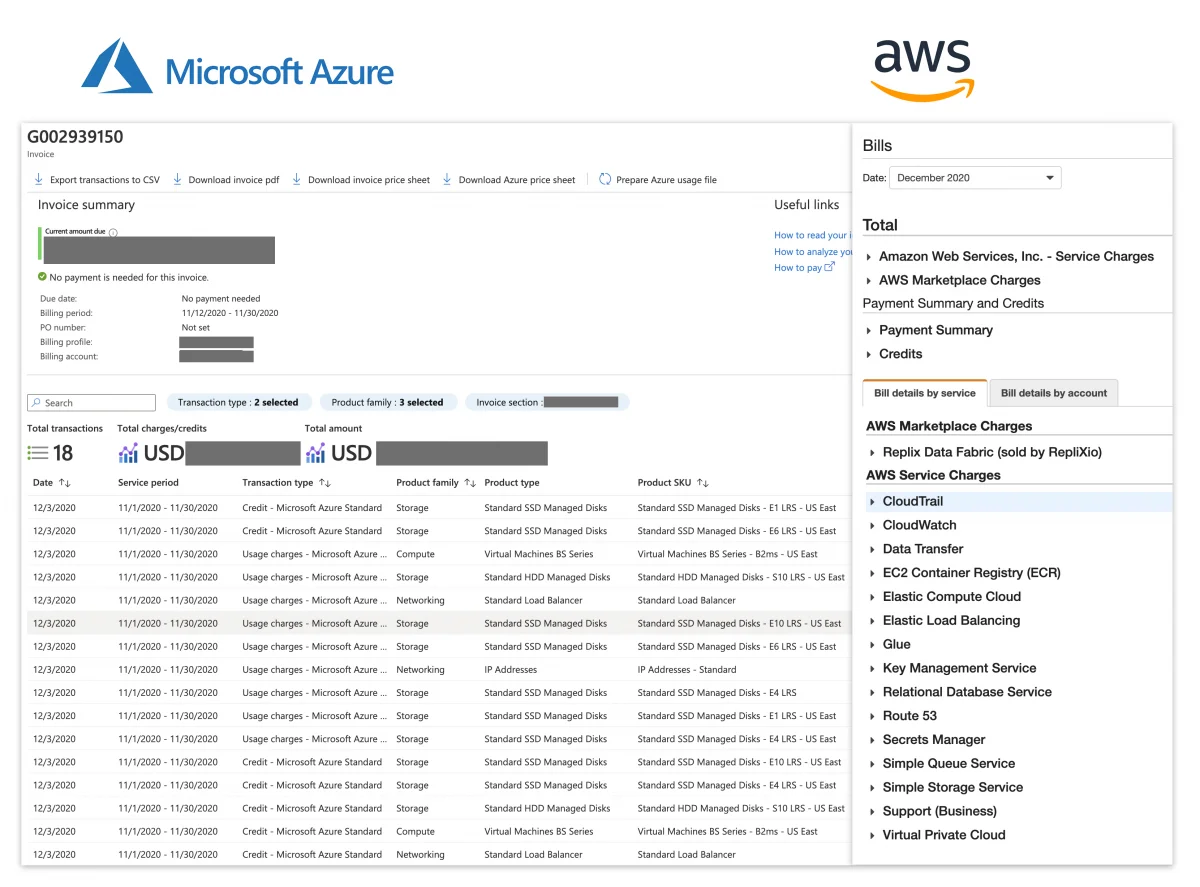
5. How to reclaim the time needed for innovation
If you feel that managing your cloud infrastructure got more complicated, you’re not alone. According to Deloitte, almost 50% of companies experience that challenge.
And if you’ve ever been in charge of infrastructure management, you probably know how much time and effort can go into it.
Just think what your engineers could achieve if they could focus less on provisioning, scaling, updating, patching, monitoring, and securing the infrastructure and more on what brings the most value to the user.
Cloud automation is your chance to create the time and space engineers need to innovate – just like the Skunk Works setup.
How to save time when saving costs
We’ve already mentioned that before bearing the fruit of savings, legacy cloud cost optimization approaches could involve multiple manual tasks for your engineers. Those jobs could keep them occupied for days, if not weeks.
“It got to the point when updating and patching would take half of my day. Maybe some people like that, but to me, it was a waste of time. I’d rather make sure that the system is updated automatically and keep moving – building services and providing value back to the business.”
— Cameron Dixon, Software Architect at Snow Commerce
Your team could bury itself in applying infrastructure changes, spinning up new resources, and many other issues – or have cloud automation take most of these off your plate.
Typically, an automated cloud optimization solution can take care of these tasks:
- Select the most cost-efficient instance types and sizes to match the demand of your applications.
- Autoscale cloud resources to handle spikes and drops in demand.
- Remove resources that aren’t being used to cut expenses.
- Automate spot instance management by handling potential interruptions gracefully.
- Help you avoid costs in other areas such as security and various configuration changes.
- Reduce the risk of human errors and improve your organization’s security posture.
“Before implementing CAST AI, bumping up an instance size was a bit of a pain. Now I can decide to add another instance or increase its size, and the platform does it automatically for me. We used to have four or five people involved in managing this; now they’re free to do other stuff.”
— Alex Le Peltier, Head of Technology Operations at Delio
Most importantly, automation can complete all these changes in real time. It can monitor your workloads and available resources 24/7 to instantly identify new savings opportunities and scale capacity up or down.
With more time on their hands, your engineers can focus on what brings the most value in uncertain times.
Innovation comes in different shapes and sizes. Sometimes it can be about creating new, winning ideas, and sometimes about finding new efficiencies or streamlining existing processes.
And as the example from CAST AI’s own practice demonstrates, automation can also let you uncover new improvements you wouldn’t expect to be possible.
Taking advantage of resources one would never imagine to check
We used a combination of AWS On-Demand and spot instances to operate our application running on 8 CPUs and 16 GB of RAM.
Then we ran it through CAST AI to check if our configuration was optimized. The platform suggested moving to a spot instance INF1. Our first reaction was disbelief if that pricey ML-specialized GPU instance would be the best choice for our needs.
As it turned out, the INF1 was at that time cheaper than the general-purpose compute instances we were using. We wouldn’t have discovered this gem without cloud automation.
Automate and fix your bottom line without negative consequences
Difficult times call for extraordinary measures. While the grim economic situation may seem compelling to proceed with layoffs, such decisions will surely hurt your business in the long term.
There are better ways to improve your organization’s bottom line quickly and without negative consequences – with automated cloud cost optimization heading the list.
Automated cloud cost optimization solutions like CAST AI take a few minutes to scan and get custom optimization recommendations for your clusters. Then, if your team likes the suggestions, they can enable automation to implement them almost instantly and keep optimizing as demand changes.
Discover how easily you can reduce container costs by 50% or more.
Share this with your engineering team
References
- [1] – Financial Times
- [2] – Layoffs.fyi
- [3] – Gartner
- [4] – McKinsey & Company
- [5] – CNN Business
- [6] – Business Standard
- [7] – WSJ
- [8] – CNBC
- [9] – Gartner
- [10] – Lockheed Martin
- [11] – Atlassian
- [12] – EY
- [13] – Deloitte
- [14] – RedHat
- [15] – CNBC
- [16] – Redmonk
- [17] – Segment
- [18] – Deloitte
Save millions on cloud & keep innovating
CAST AI clients save an average of 60%+ on their container costs. See how you can too.
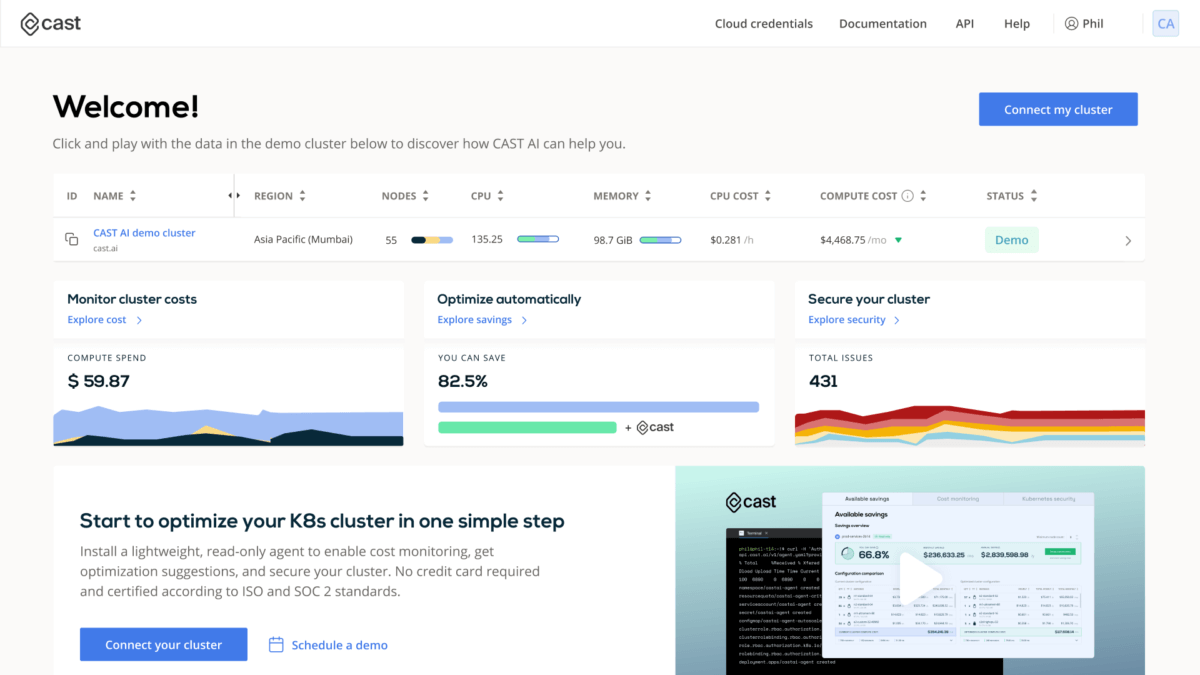
Other case studies you may like
- Marketing automation



